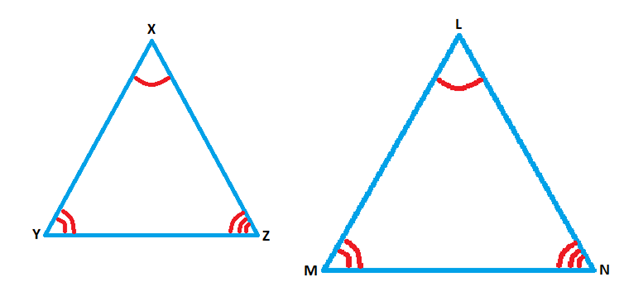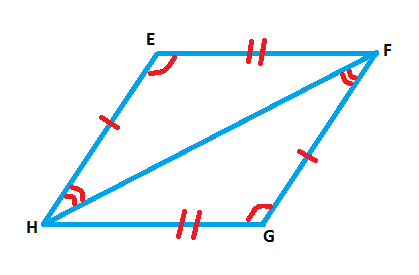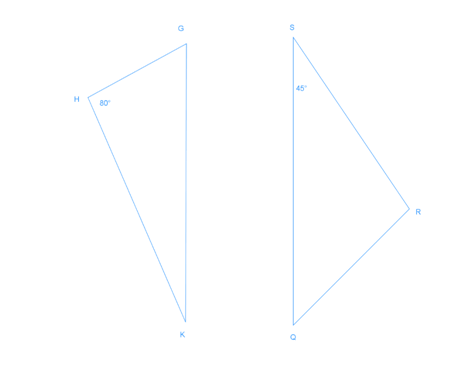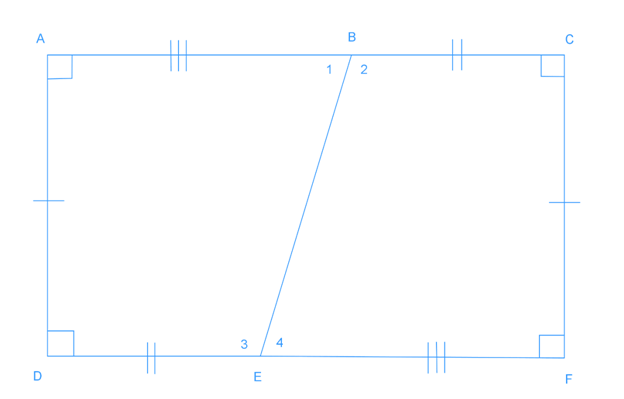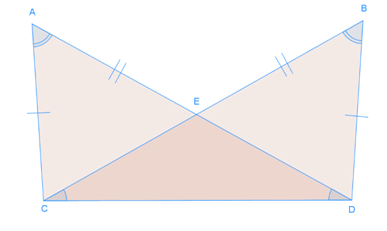Introduction to Congruence and Congruent Triangles
Congruence is a fundamental concept in geometry, particularly when studying triangles. Congruent triangles are identical in shape and size, with corresponding angles and sides equal. Our introduction video provides a visual explanation of this concept, serving as a crucial foundation for understanding congruence. This lesson will delve into various methods to prove triangle congruence, including Side-Side-Side (SSS), Side-Angle-Side (SAS), and Angle-Side-Angle (ASA). These proofs are essential tools in geometry, allowing us to establish relationships between different triangles and solve complex problems. By mastering congruence, students can tackle more advanced geometric concepts and apply their knowledge to real-world situations, such as architecture and engineering. Throughout this lesson, we'll explore practical applications of congruent triangles, demonstrating how this seemingly abstract concept plays a vital role in our everyday lives and various professional fields.
Understanding the concept of corresponding angles and sides is crucial for solving problems related to congruent triangles. These problems often require students to identify and compare different parts of triangles to determine congruence. By practicing these skills, students can develop a deeper understanding of geometric principles and improve their problem-solving abilities. Additionally, the knowledge of congruent triangles and their properties can be applied to various real-world scenarios, making it a valuable topic in both academic and professional contexts.


